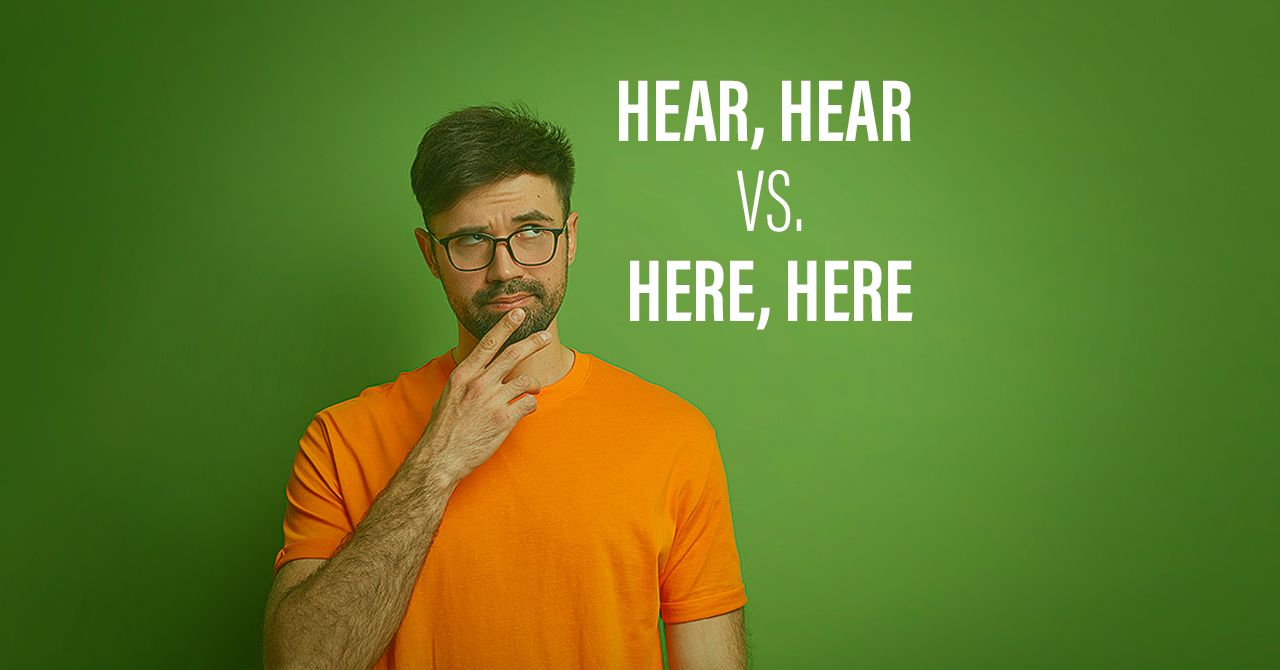
How to Properly Use a Comma Before or After “So”
“So” is usually used as a conjunction to connect two parts of a sentence. Still, no comma is needed every time “so” unites two clauses. What factors determine its use then?
Rules of using a comma before “So”
Using a comma before “So”
It’s appropriate to put a comma before “so” when indicating a result or effect of an action. Also, it’s eligible to use when the word serves as a conjunction to link two independent clauses.
Examples
I studied hard for the test, so I got a good mark.
She forgot the code, so she couldn’t unlock the safe.
Excluding the comma before “So”
Generally, no comma is necessary before “so” if used to clarify why a particular event happened. In this case, “so that” or “in order that” can alternatively replace “so.” And if either term fits into the sentence, the clause is considered dependent; therefore, no comma needs to precede the conjunction word.
He went on sick leave so he could recover faster.
I got up early in the morning so I could enjoy the sunrise.
When to put a comma after “So”
Now that you learned when to put a comma before “so,” let’s dive into its correct use after “so.”
Using a comma after “So”
“So” should be followed by a comma in case there’s a turn of events in the conversation or to indicate a pause.
The company decided to ease its dress-code. So, casual Fridays were introduced.
Living out the comma after “So”
Whenever “so” is meant to indicate apparent continuance between a situation and its outcome, the comma after “so” is to be avoided.
The team worked hard on the project. So it will definitely be a success.
The crime was solved successfully. So the case can be closed.
That’s it. It wasn’t that complicated, was it? Now you’re armed with the knowledge to master the use of the “so”-comma combo.


















